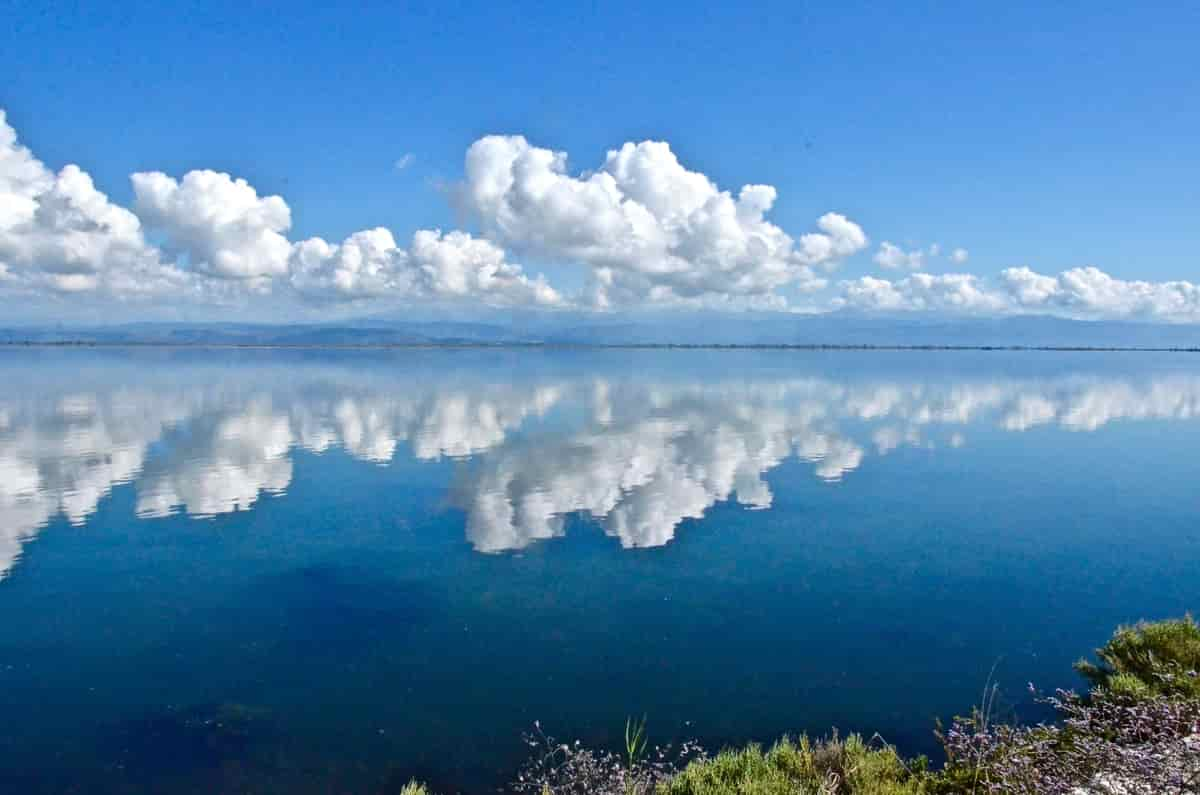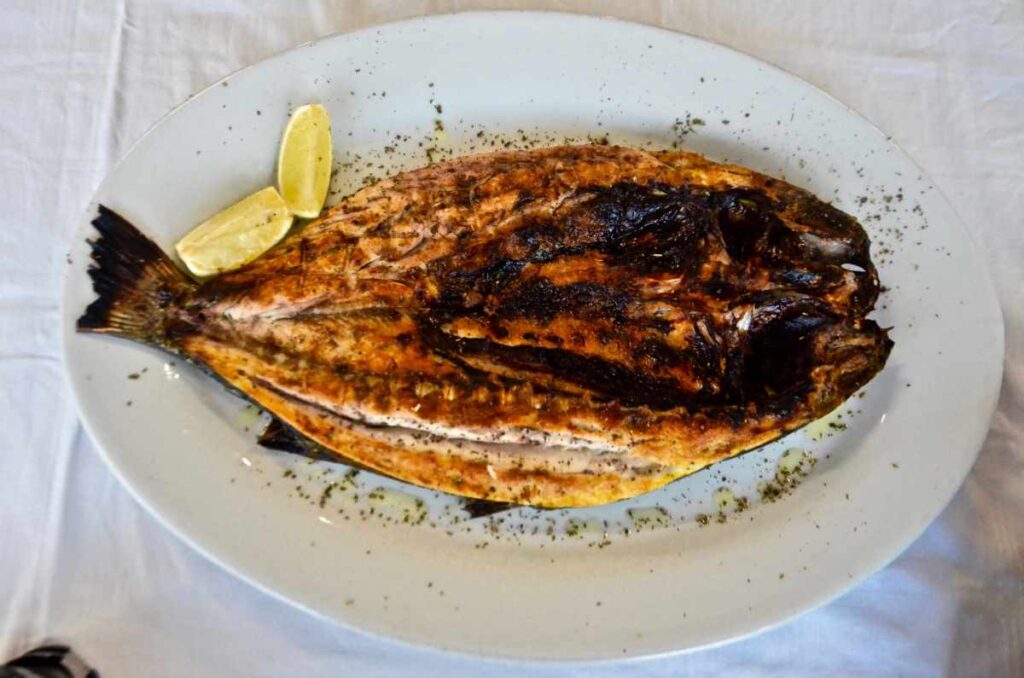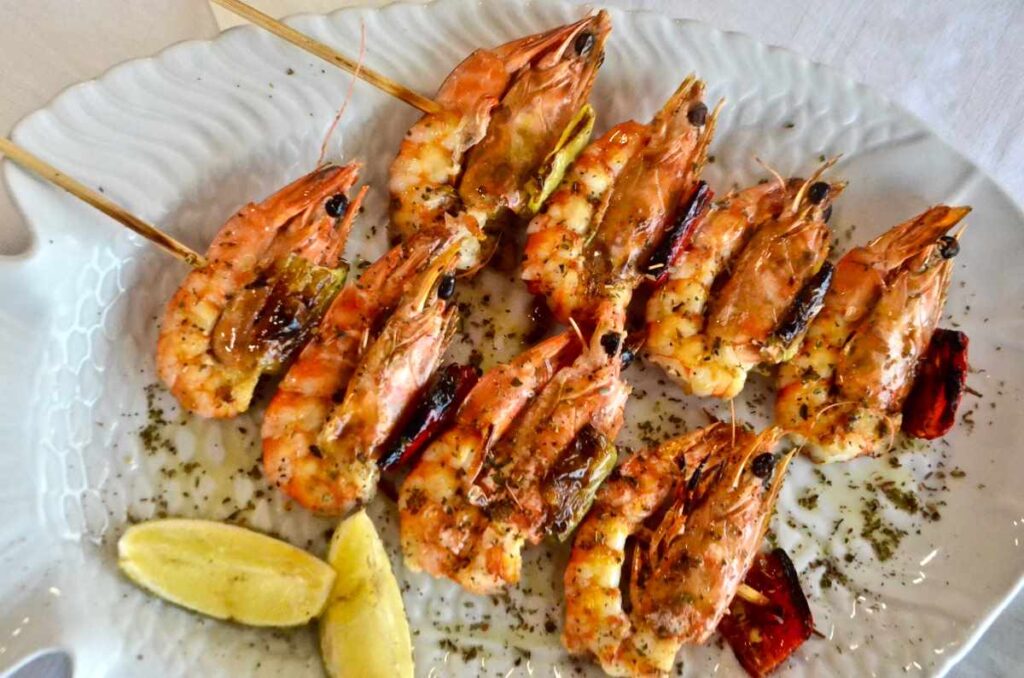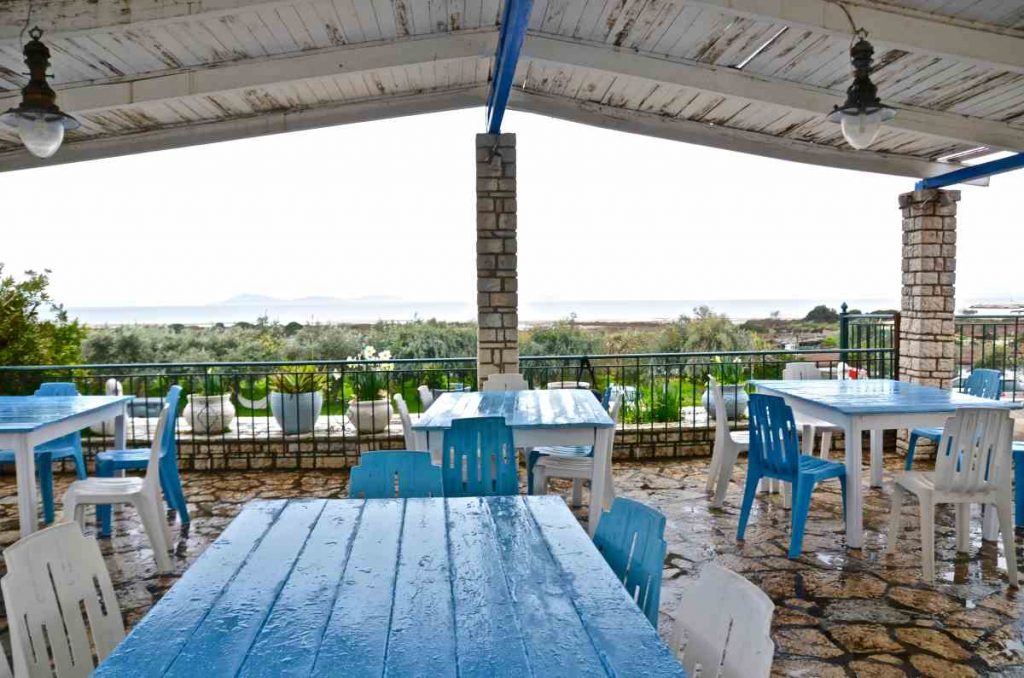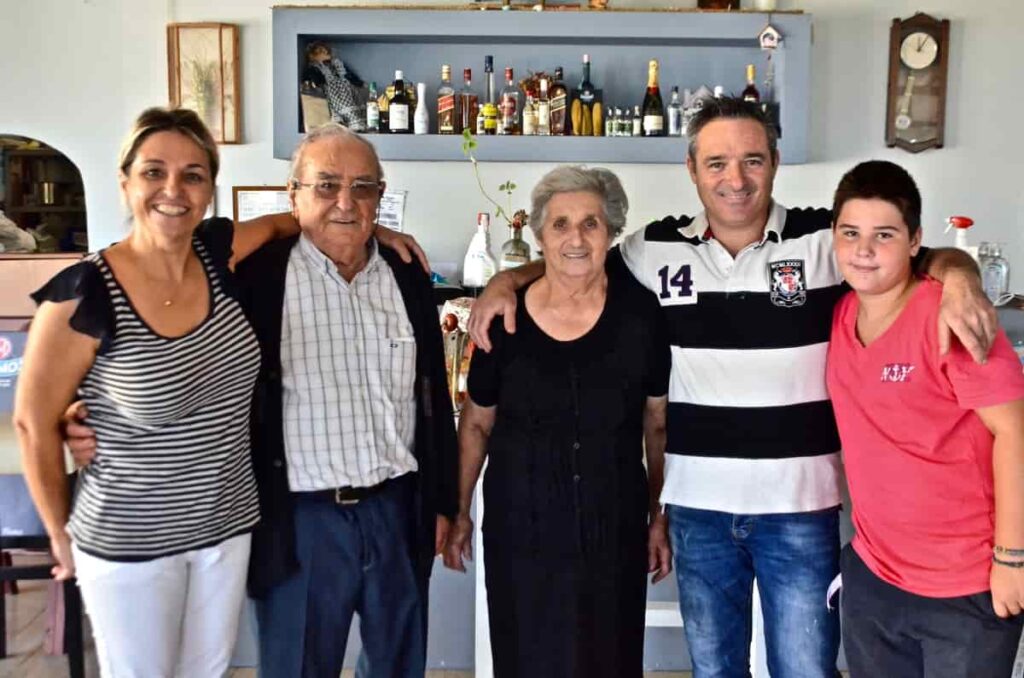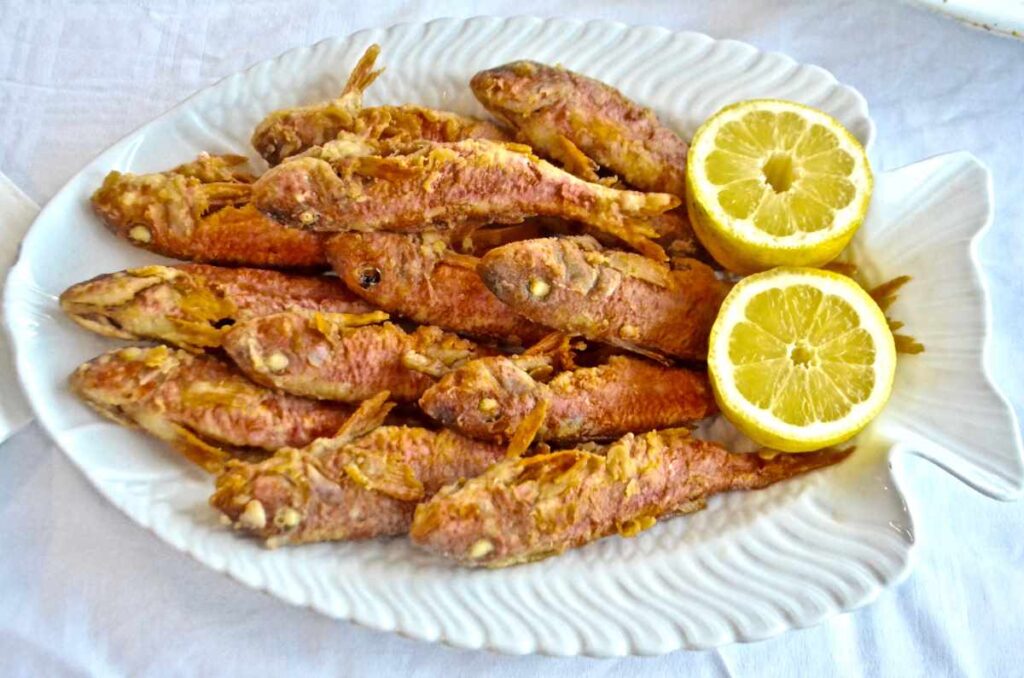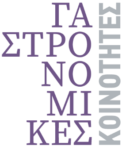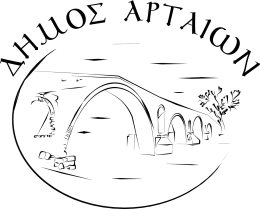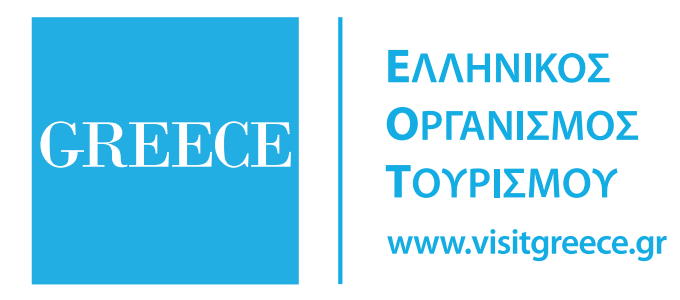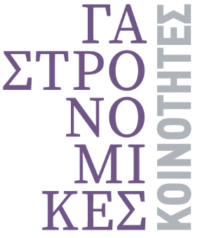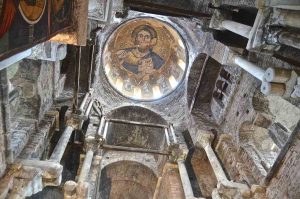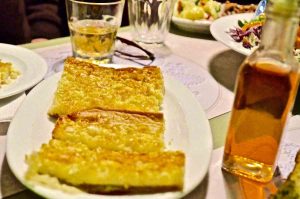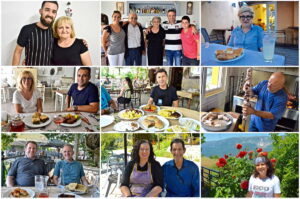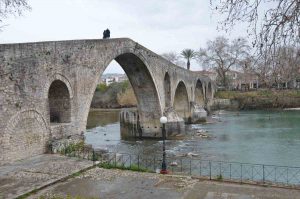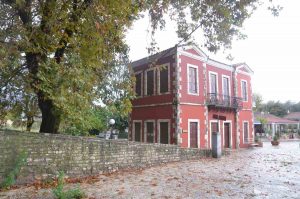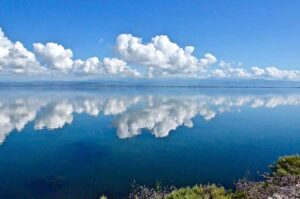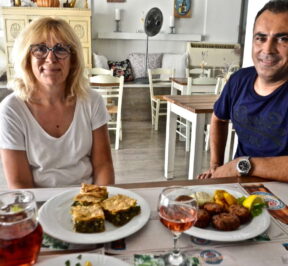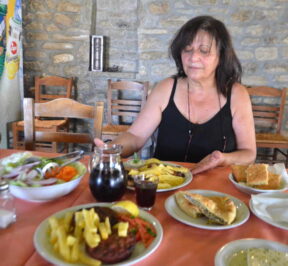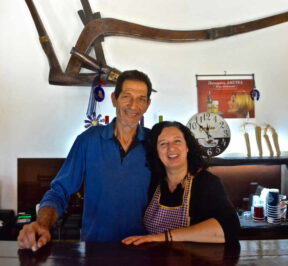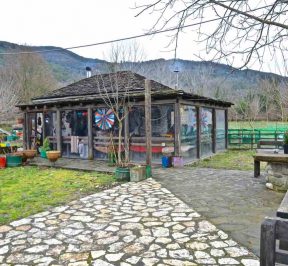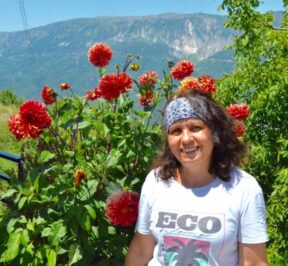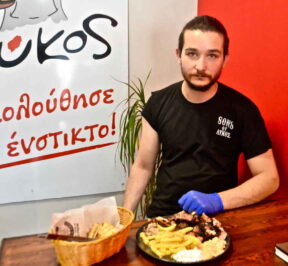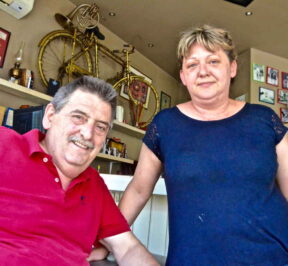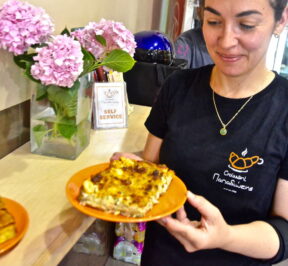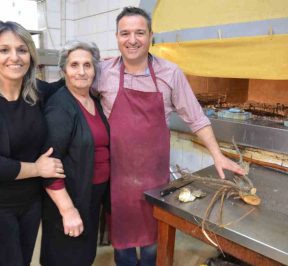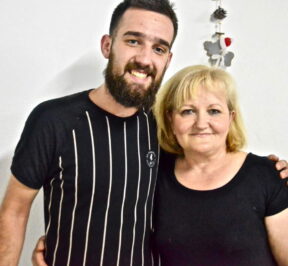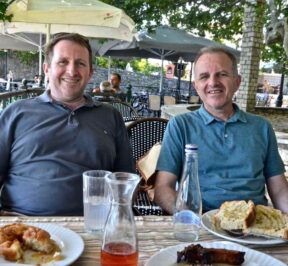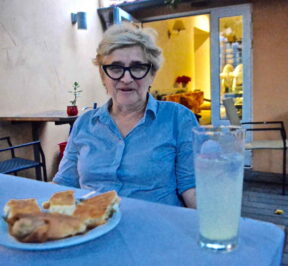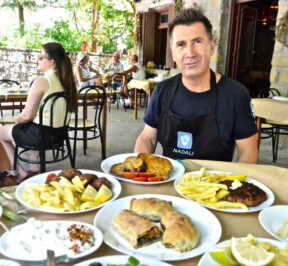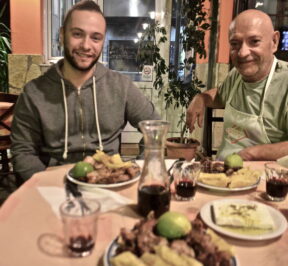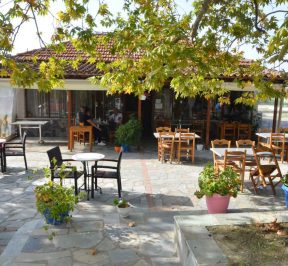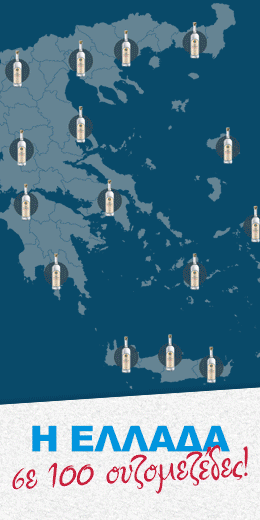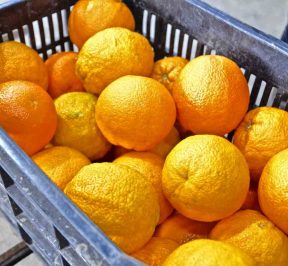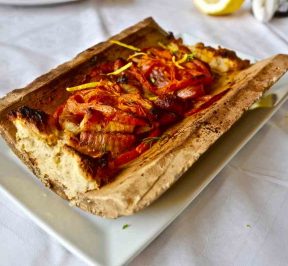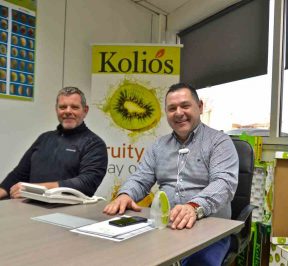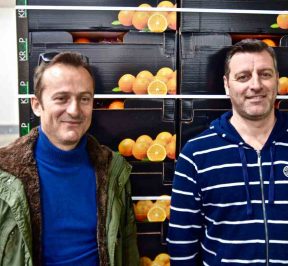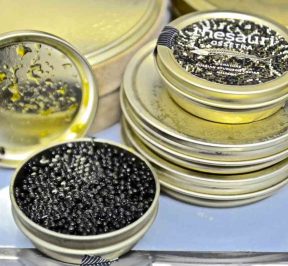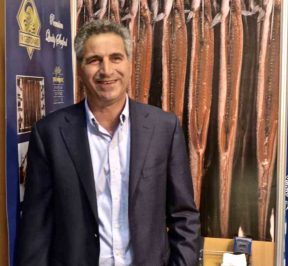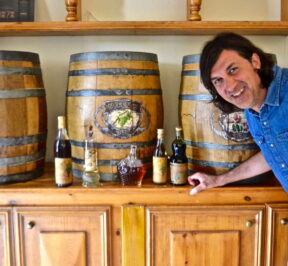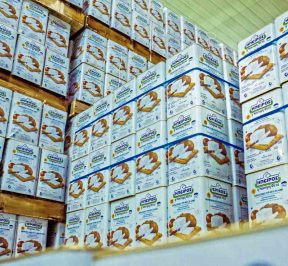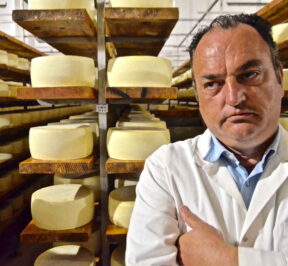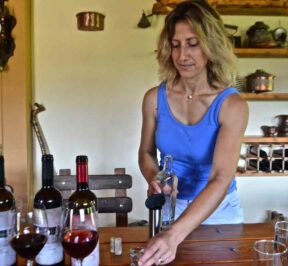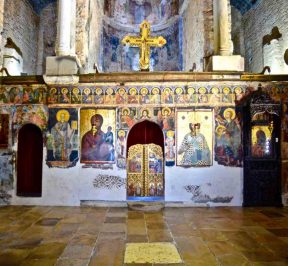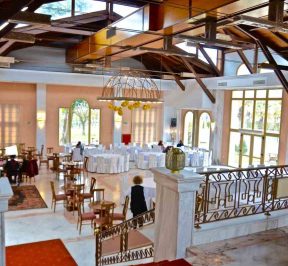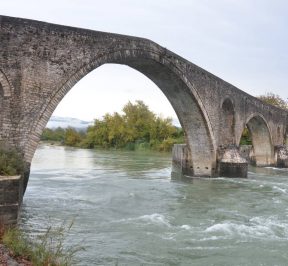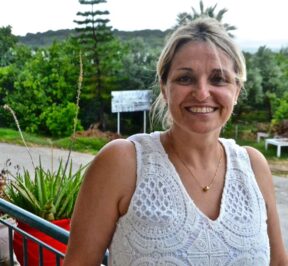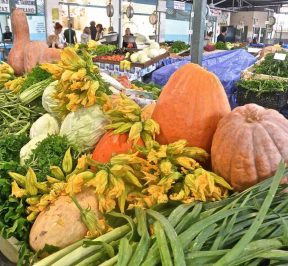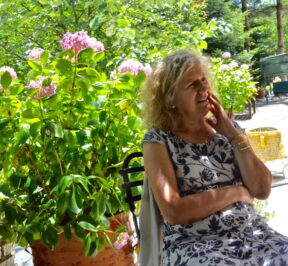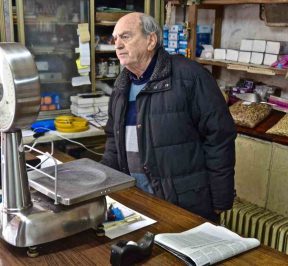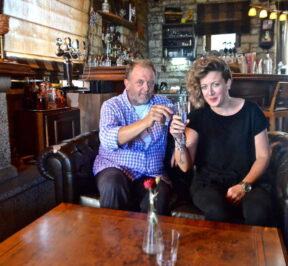Ο Amvrakikos Gulf got its name from the ancient Amvrakia, city with an important history, built on the banks of Arachthos, on the site of today's Arta. It is one of the most important 17 national parks in Greece and this is due to the closed sea of the gulf, but mainly to the diversity of habitats that exist on its northern side, where the two rivers, Arachthos and Louros, flow.
The lagoon of the Amvrakikos gulf - typically concerns two united lagoons, Logarou and Tsoukalio - is a natural catch meadow, an important wetland and at the same time one of the largest natural fish farms in Greece.
About 300 species of birds have been recorded in the two lagoons, while dolphins and turtles breed in the bay.
The most famous birds that you meet are egrets, The mallards, The herons, The pelicans, The cormorants while the protagonists are silver pelicans, one of the rarest species of birds in the world, which are an eye-catcher when flying in formations, and whose wingspan exceeds three meters.
At the point where the Amvrakikos lagoon was separated from the sea by an elongated sandy line, fishermen with traditional techniques and methods - such as those used by their ancestors, using bourla stones, skins, myrtles and reeds - created the ιβαρια, enclosing small "pieces" of the bay sea, which have always functioned as natural fish farms. In the 1980s the material in these grids changed and the reed fences began to be replaced by metal grids.
Along the boundaries of the lagoon, there are two islands n Salaora and Koronisia.
Η Salaora had a small port and in the past was an important transit center of the wider region of Epirus. The exact origin of the name "Salaora" is not known but both versions believe that the name contains the Latin word sale (sale = salt) and comes because of the important salt flats that existed in the area.
While the first island was connected to Arta in the past, the second the Koronisia which is inhabited, was connected in 1972 with a carriage road, which was carved on the point where nature had made a natural boundary, between the lagoon and the Amvrakikos gulf. The road made the beautiful settlement of 300 inhabitants visitable, and many friends of seafood delicacies, but also observers of the bird fauna come from then to enjoy the calm landscape and the picturesqueness of the route. Until 1972, the inhabitants of Koronisia had daily communication with Preveza by boat.
The fishing cooperative located at the entrance of Koronisia has the exclusive right to exploit the lagoon, but also the responsibility of its protection. The fishermen, about 30 members, are the ones who effectively protect the life in the 45.000 acres of the lagoon, maintain the ditches that allow the renewal of the waters, cut the reeds and have with a natural, daily presence the control and protection from them. poachers.
Of the 120 tonnes caught, 50 are sea bream. Then there are the cephalopods, with fish that can weigh more than three kilos, followed by sea bass, The languages, η shrimp. Each fish has its own fishing season and its own way of fishing. The general logic for lagoon fish is that brood and small fish enter the ivory, passing through the reeds and reticulated small eyes, when they are small in size and when they have grown up, they do not fit and can not return to sea. Especially from the end of February to April, but also in the big storms of the whole year, the spawn of the fish of Amvrakikos enters the lagoon and is trapped.
In the divars the sea bream is caught with abstinence in winter, then it tries to get out of the lagoon, which because it is very shallow its waters are immediately affected by the outside temperature, so that the sea bream seeks warmer waters in the deep. At this time the sea bream is fished with nets in the lagoon. The tongues are fished with a net, relatively small quantities and with large variations from year to year. All these lagoon fish are "free grazing" and feed on shellfish, crabs and, most importantly, the rich vegetation, algae and abundant plankton of the lagoon.
In addition to fishing in the lagoon, there is also fishing in the bay, which is also rich in catches of shrimp, sardines, anchovies, heads (cooked grilled after drying in the open sun, the so-called pedals), goblins, shellfish and sea bass.
But he is the protagonist of the bay the gambari of Amvrakikos. The shrimp is a species of shrimp that is quite large in size - more than 10 points -, with a protruding snout and tail in a blue, red and yellow color. Its taste is irresistible and its reputation is global. It is no coincidence that James Bond, in the 1981 film “For your Eyes Only", orders: "Shrimp yes, but of Amvrakikos!".
The gambars are fished mainly from the end of spring, from to July, with the priaria (special boats without keel), which have the ability to move easily in the shallow parts of the bay.
Speaking to an open sea fisherman, he told us that in the bay, there are significant catches, where every year they are limited, but the fishermen are also limited, out of fifty that existed in the area of Koronisia, today there are only ten. Dolphins (there are hundreds) and turtles come to the bay to spend the winter and damage the nets.
"What can we do, we will tolerate them, since we steal their food after all! ” was the thymosophy, a fisherman's answer.
"After all, they also learn to nibble on networks without destroying them! "
Koronisia became famous in Greece mainly from the fish tavern "Myrtle”Or otherwise for the locals the tavern of "Patenta" which since 1981, operates, serves the freshest fish of the law of Arta and according to others the whole of Epirus. It is no coincidence that on Sundays and schools you will see groups from Ioannina and the surrounding areas travel 1-2 hours to enjoy in Patenta the delicious fish of Amvrakikos masterfully cooked by Demosthenes (son of mistress Frederick, who together she and his sister Georgia make appetizers that the mind can not imagine).
The history of the tavern begins half a century ago when in 1972 Panagiotis Patentas took over the port cafe and started frying sardines. Born in 1937, until then he was a sailor in overseas shipping, in 1969 he married Frederick and two years later he "gathered" in his place. "Then we were 50 fishermen and we fished 2 tons of sardines a day. There were days when I fried 100 kilos of sardines a day“. Mr. Panagiotis tells us that in 1982 he moved to a privately owned building, and today he is proud of his children who have done the Koronisia gastronomic destination and honor the whole area of Arta.
Because the treasures of the sea and the lagoon of Amvrakikos have their honor here! In the menu of Myrtaria tavern you will find gambari, mullet pedal, sea bream, gossip, sea bass, gobies, squid, cuttlefish, sardines, anchovies, atherina and seafood scallops, barley ).
In fact, in Myrtaria we see a brilliant example of how when professionalism, quality and utilization of local products are combined, a unique result can be created that gives an identity for the entrepreneur, but also a strong physiognomy and therefore a special fame in his place.
GASTRONOMIC COMMUNITY OF ARTA
The Gastronomic Community of Arta is an open system in which those who are interested and meet the conditions arising from the regulations of the Gastronomy and Wine Tourism program can join. The ultimate goal of the action is to make Arta a tourist destination, where gastronomy will play a leading role in shaping the identity and cultural identity of the place.
The Gastronomic Communities program has the honor of being under the auspices of the Hellenic Tourism Organization.
PRINTED GUIDE TO ARTA GASTRONOMY
PLACE & HISTORY - TRADITIONAL KITCHEN
TAVERNS - RESTAURANTS - CAFES

